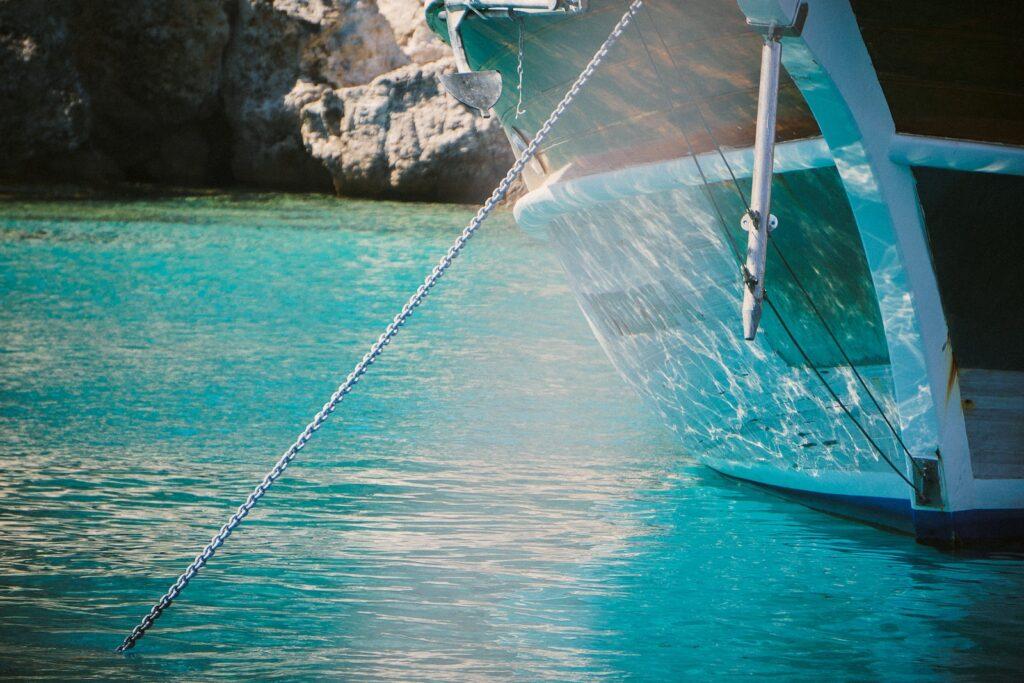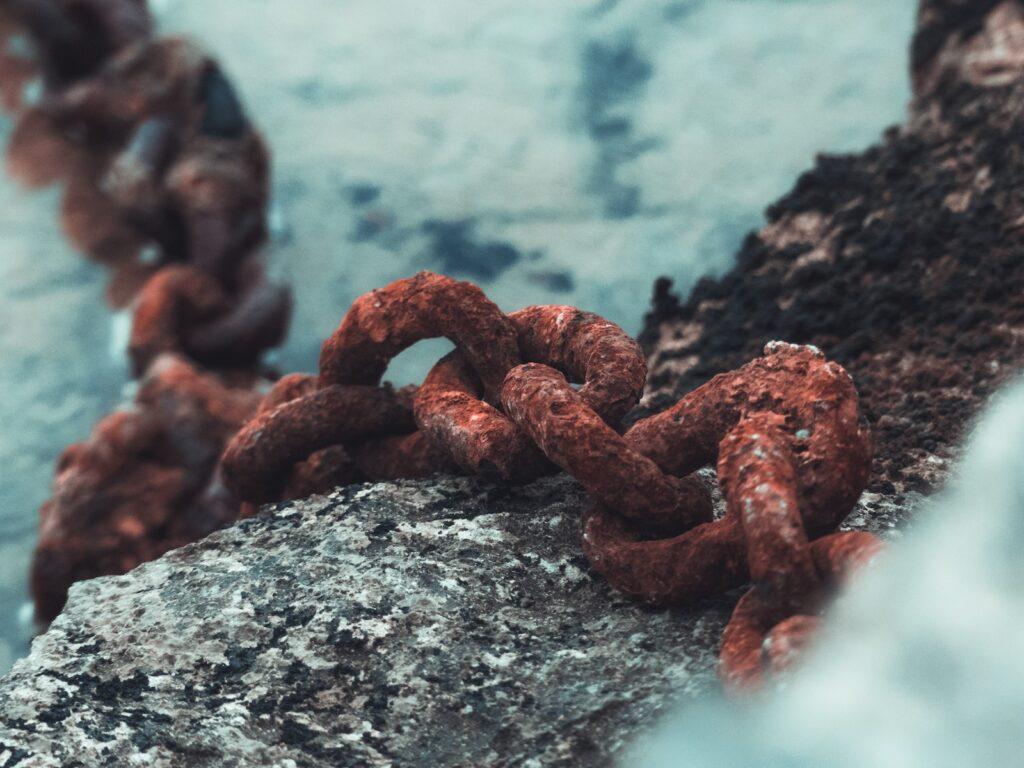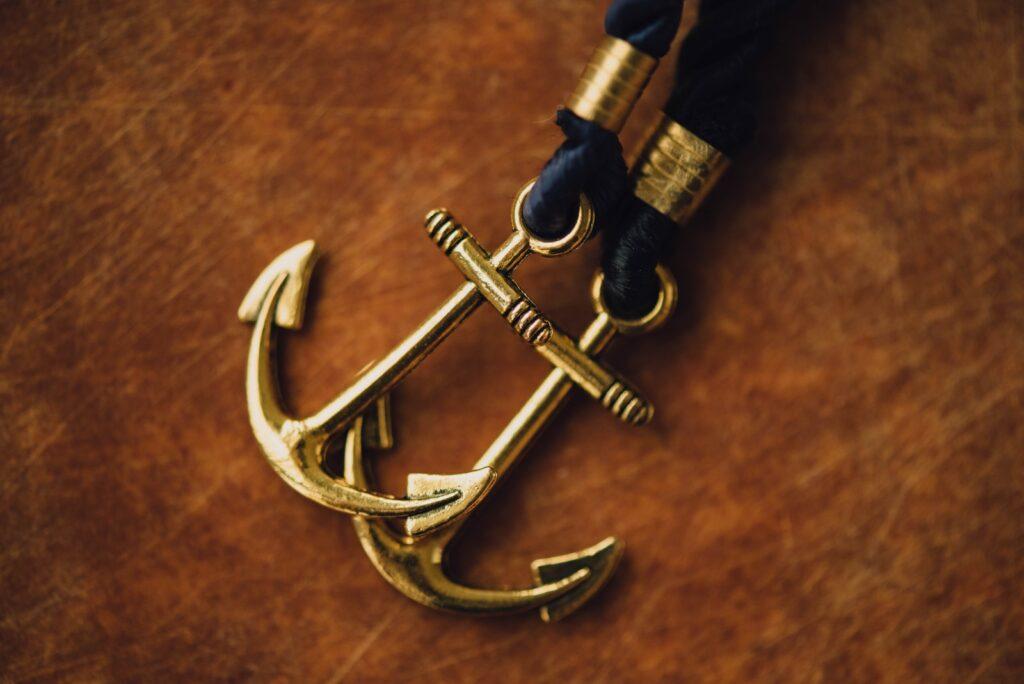Best Anchor Ropes
Are you searching for the best anchor ropes to ensure a secure and reliable boating experience? Look no further!
In this article, we will guide you through the top choices that offer exceptional durability, great value for your money, and high performance in rough waters.
These ropes are designed to be lightweight and easy to handle, making them ideal for both casual boaters and professionals seeking premium quality.
Get ready to master the art of anchoring with these top-notch ropes!
Key Takeaways
- Strength and durability are essential for a secure anchoring system
- Material choice affects strength and durability
- Thickness or diameter of the rope affects strength and manageability
- Construction, such as tight braiding or added coatings, enhances strength and durability
Key Features to Consider
When choosing the best anchor rope, you should consider its strength and durability. These key features are essential for ensuring the safety and effectiveness of your anchoring system. A strong and durable anchor rope will be able to withstand the forces of wind, waves, and currents, providing you with peace of mind during your boating adventures.
One important aspect to consider is the material of the anchor rope. Different materials have different strengths and durability levels. Nylon ropes, for example, are known for their high strength and elasticity, making them a popular choice among boaters. They’re also resistant to abrasions and UV rays, ensuring a longer lifespan.
Another factor to consider is the thickness or diameter of the anchor rope. Thicker ropes tend to be stronger and more durable, but they may also be heavier and bulkier to handle. It’s important to find the right balance between strength and manageability to ensure ease of use.
Lastly, the construction of the anchor rope should be taken into account. Look for ropes that are tightly braided or twisted, as this enhances their strength and durability. Additionally, ropes with a reinforced core or added protective coatings can offer increased resistance to wear and tear.
Top Choice for Durability
For a rope that will withstand the test of time, look no further than the nylon anchor rope. When it comes to durability, nylon is the top choice for anchor ropes. Here’s why:
- Resistance to Wear and Tear: Nylon anchor ropes are known for their exceptional strength and resilience. They can handle the harsh conditions of the water, including abrasion from rocks and debris, without compromising their integrity.
- UV Resistance: Nylon anchor ropes are also highly resistant to ultraviolet (UV) rays. This means that even when exposed to the sun for long periods, they won’t degrade or weaken, ensuring their longevity.
- Shock Absorption: Nylon has excellent shock-absorbing properties, making it ideal for anchor ropes. It can effectively absorb sudden impacts and strains, reducing the risk of damage to both the rope and your vessel.
- Moisture Resistance: Nylon anchor ropes are resistant to moisture absorption. This prevents them from becoming waterlogged and heavy, ensuring they maintain their strength and performance even in wet conditions.
When it comes to durability, nylon anchor ropes are the clear winner. With their resistance to wear and tear, UV rays, shock absorption, and moisture resistance, they offer unmatched longevity and reliability.
Invest in a nylon anchor rope, and you can be confident that it will withstand the test of time.

Types of Anchor Ropes
An anchor rope is an essential part of any boat’s safety equipment. There are several different types of anchor ropes, each with their own unique properties and applications. The most common types are chain, nylon, polyester, and aramid rope. Chain rope is the strongest and most durable type, while nylon rope has a high tensile strength and good abrasion resistance.
Nylon Rope: Nylon ropes are popular for their strength, durability, and elasticity. They offer excellent shock absorption, making them ideal for anchoring in areas with strong currents or rough waters. Nylon ropes are resistant to rot and mildew, and they are relatively easy to handle and knot.
Polypropylene Rope: Polypropylene ropes are lightweight and float on water, making them suitable for anchoring in shallow areas or for temporary anchoring. They are less expensive than nylon ropes but may have lower tensile strength and be more prone to UV degradation.
Polyester Rope: Polyester ropes are known for their high strength and excellent resistance to UV rays, abrasion, and moisture. They have low stretch characteristics, which can provide better stability and holding power. Polyester ropes are commonly used for anchoring larger boats or in situations where maximum strength is required.
Polyethylene Rope: Polyethylene ropes are lightweight, buoyant, and resistant to UV rays and chemicals. They are often used as anchor lines for small boats, kayaks, or other watercraft where strength requirements are not as high.
Braided Rope: Braided ropes are made by intertwining multiple strands together. They offer increased strength, flexibility, and resistance to abrasion. Braided anchor ropes are commonly used in various boating applications and are available in different materials such as nylon, polyester, or polypropylene.
Double-Braided Rope: Double-braided ropes consist of a braided core and a braided cover, providing enhanced strength, durability, and abrasion resistance. They offer excellent load-bearing capabilities and are commonly used in larger vessels and for heavy-duty anchoring.
Polyester rope is lightweight and flexible, making it ideal for use in smaller boats. Aramid rope is a high-strength synthetic fiber that is highly resistant to abrasion and offers superior shock absorption.
Three-Strand Rope
The three-strand rope is one of the most common types of anchor ropes. It is made up of three separate strands of rope that are twisted together. This type of rope is very strong and durable and can be used in a variety of applications.
Advantages
The three-strand rope is very strong and durable, making it suitable for a variety of applications. It is also relatively inexpensive and easy to find.
Disadvantages
The three-strand rope can be difficult to handle and can be more prone to fraying and breaking than other types of rope. It is also more likely to kink, which can make it difficult to tie off.
Braided Rope
Another popular type of anchor rope is braided rope. This type of rope is made up of multiple strands of rope that are woven together. Braided rope is very strong and can be used for a variety of applications. To complement it see boat anchor winches article with more info.
Advantages
The braided rope is very strong, making it ideal for applications that require a lot of strength. It is also very flexible and can be easily tied off.
Disadvantages
The braided rope is more expensive than other types of rope and can be difficult to find. It is also prone to fraying and breaking.
Nylon Rope
Nylon rope is another popular type of anchor rope. This type of rope is strong and durable and can be used for a variety of applications. Nylon rope is also very easy to tie off and can be easily adjusted when needed.
Advantages
Nylon rope is strong and durable, making it ideal for a variety of applications. It is also very easy to tie off and can be easily adjusted when needed.
Disadvantages
Nylon rope is more expensive than other types of rope and can be difficult to find. It is also prone to fraying and breaking.
Size and Length of Anchor Ropes

Anchor ropes, also known as mooring lines, come in a variety of sizes and lengths. The size of the rope is determined by its diameter and strength, while the length is determined by the depth of the water, the size of the boat, and the size of the anchor. They should be at least three times the depth of the water, plus the length of the boat. The rope should also be strong enough to hold your boat in place, so it’s important to choose a rope with a breaking strength that is at least three times the weight of your boat.
Boat Size
The size of the anchor rope you need will depend on the size of your boat. Generally, the larger the boat, the larger the anchor rope you will need.
For Small Boats
For small boats, such as canoes and kayaks, a rope that is three-eighths of an inch in diameter should be sufficient.
For Medium-Sized Boats
For medium-sized boats, such as sailboats and powerboats, a rope that is one-half of an inch in diameter should be sufficient.
For Large Boats
For large boats, such as cruisers and yachts, a rope that is three-fourths of an inch in diameter should be sufficient.
Water Type
The type of water you plan to be boating in can also affect the size and length of the anchor rope you need. If you plan to be boating in rough waters, you will need a rope that is stronger and longer than if you plan to be boating in calm waters.
Anchoring Type
The type of anchoring you plan to do can also affect the size and length of the anchor rope you need. If you plan to be doing deep water anchoring, you will need a rope that is longer than if you plan to be doing shallow water anchoring.
Anchor Rope Care and Maintenance

Anchor rope care and maintenance is important for keeping your rope in good condition and ensuring it lasts as long as possible. To do this, inspect the rope regularly for signs of wear, damage, or fraying. Make sure to replace any parts that have become worn or frayed. Store your rope in a cool, dry place and keep it away from direct sunlight or extreme temperatures. If necessary, apply a waterproofing spray or silicone lubricant to help protect the rope from the elements. Wash the rope with fresh water and a mild detergent after each use to remove any dirt or grime. With proper care and maintenance, your anchor rope should last for many years.
Storing the Rope
When not in use, it is important to store your anchor rope properly. It is best to store it in a cool, dry place away from direct sunlight.
Hanging the Rope
When not in use, it is best to hang the rope up so that it can dry out and be exposed to air. This will help to prevent mold and mildew from forming on the rope.
Clean the Rope
It is also important to clean your anchor rope regularly. This will help to prevent dirt and debris from building up on the rope and can also help to prevent it from fraying.
Inspecting the Rope
It is also important to inspect your anchor rope regularly for signs of wear and tear. If you notice any fraying or other damage, it is best to replace the rope.
Anchor Rope Accessories
Anchor rope accessories are items that are used to help secure an anchor rope to an anchor or other object. These accessories can include shackles, thimbles, bolt snaps, and swivels, among other items. They help to ensure that the anchor rope is securely attached and will not fail during use.
Thimbles
Thimbles are small metal rings that can be used to protect the rope from chafing and fraying. They also make it easier to tie off the rope to a cleat or other anchor point.
Shock Absorbers
Shock absorbers are loops of rope that can be used to absorb the shock of a boat’s movements in rough waters. They help to prevent the anchor rope from becoming too tight or too loose during strong winds or waves.
Lead Lines
Lead lines are long lines of rope that are weighted at the end. They can be used to help guide the anchor rope to the bottom of the water in order to ensure it is properly secured.
Anchor Ropes for Different Purposes

Different types of anchor ropes can be used for different purposes. For example, a three-strand rope may be better suited for anchoring a small boat in calm waters, while a braided rope may be better suited for anchoring a larger boat in rough waters. Nylon rope may be better suited for anchoring a boat in a rocky or sandy area.
Choosing the right anchor rope for your boat is essential for a safe and enjoyable trip. When selecting an anchor rope, consider the size and length of the rope, the type of water you plan to be boating in, and the type of anchoring you plan to do. Consider safety when using an anchor rope, and to use the appropriate accessories to make it easier to use and more secure. With the right anchor rope, you can enjoy a safe and enjoyable trip.
FAQs
What length of anchor rope should I choose for my boat?
The length of anchor rope you need depends on the size of your boat and the depth of the water where you typically anchor. As a general rule, it is recommended to have at least 7–10 times the depth of the water as the length of your anchor rope.
Can I use any type of rope as an anchor rope?
While you can technically use any rope as an anchor rope, it is best to use ropes specifically designed for anchoring. Anchor ropes are typically made of materials like nylon, polyester, or polypropylene, which offer the necessary strength, durability, and resistance to water and UV rays.
How do I determine the right diameter of anchor rope for my boat?
The diameter of the anchor rope depends on the size and weight of your boat. It’s important to choose a diameter that can handle the load and stress placed on it during anchoring. Consult the manufacturer’s recommendations for the appropriate diameter based on your boat’s specifications and the expected anchoring conditions.
